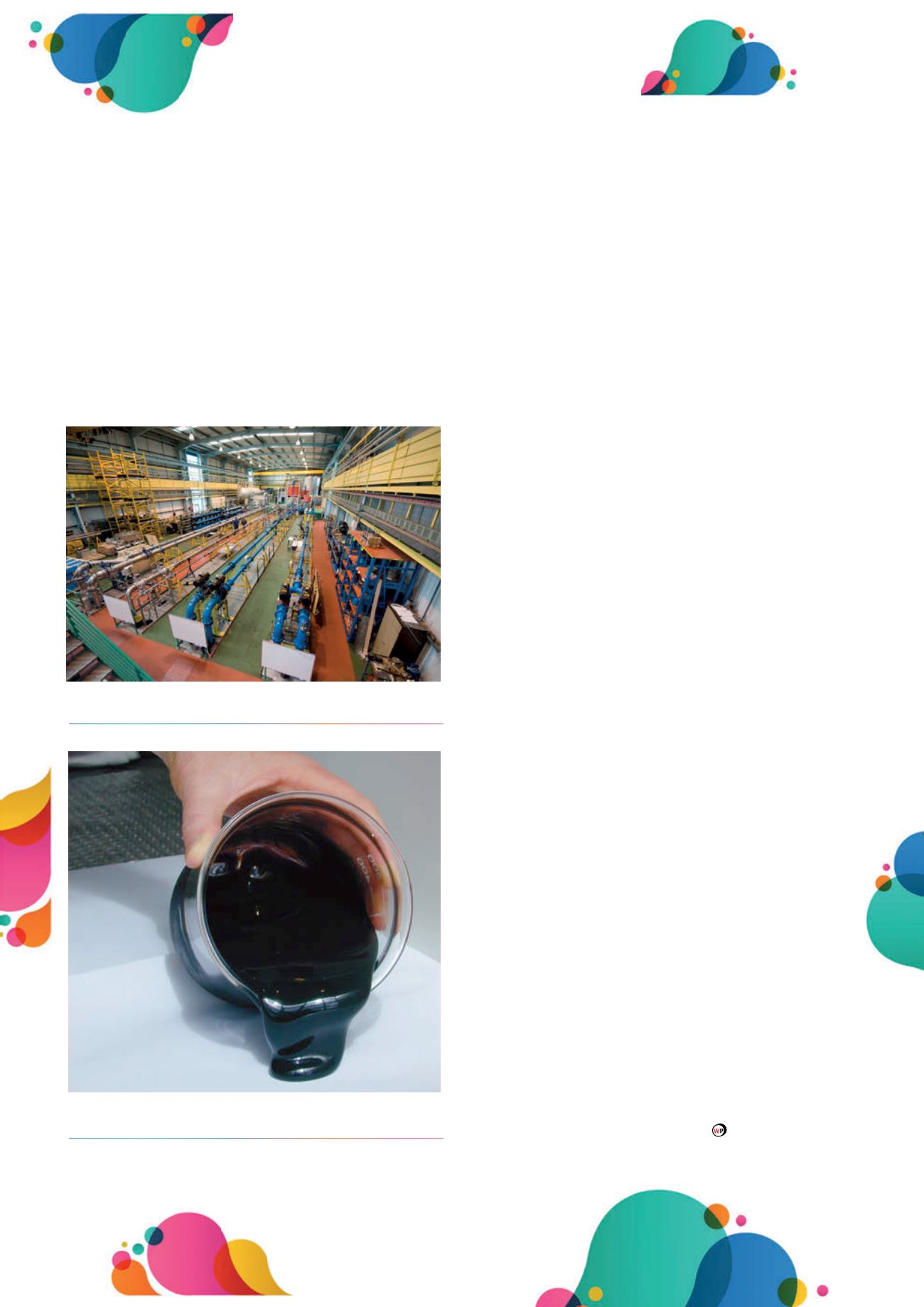
Q
&
A
Flow
tool to identify any problems within the metering system, and to
complete a ‘health-check’ of the meter in operation.
Any diagnostics can be logged and trended over a period of
time to evaluate the shift in a meter’s performance compared
with baseline values. If the diagnostics shift by more than a
specified limit, then this is evidence of a shift in measurement
performance and an alarm can be raised. By analysing the
diagnostics on an ongoing basis, they can be successfully used as
predictive tools for meter management.
Another successful application of diagnostic software is the
built-in remote access. Using a high speed connection, the data
produced from the meters can be accessed from anywhere in
the world. This advantage cannot be overestimated, especially
when multiple measurements are being taken over large
distances or in harsh conditions. It may not be feasible to have
experienced engineers at each metering location and the ability
to review meter diagnostics in comfortable offices is an obvious
advantage.
The use of secondary diagnostics takes us a step closer to a
calibration-free utopia. There is evidence and several published
reports that prove diagnostic technologies can make a real
contribution to operational efficiency with end-users reaping the
rewards. However, the simple fact still remains that if secondary
information is not used appropriately, then the significant
advantages will not be achieved. This should surely make the
understanding and proper application of diagnostics a priority for
future flowmetering developments in the oil and gas industry.
Viscosity and flow assurance
As the world’s conventional light oil resources deplete,
increasingly heavy/viscous oils are being extracted, which is
having a significant effect on flowmeter accuracy. Currently,
flowmeters are generally calibrated in water or low viscosity
oils in which their performance is well understood. However,
flowmeters are commonly used to measure fluids with
properties that differ greatly from these calibration fluids. These
properties will affect different flowmeters in different ways,
leading to increased measurement uncertainties and greater
exposure to measurement errors.
While industry recognises that the growth in the
development of viscous oil deposits has changed the flow
measurement regime within which conventional flowmeters
are expected to perform accurately, a lack of research brings
significant uncertainty. What is clear is that conventional liquid
flowmeters cannot simply be relocated from low viscosity
to high viscosity service without suitable consideration,
characterisation or modification.
Research results show that the performances of devices
of the same technology (i.e. ultrasonic or coriolis) are not
necessarily similar as there are many other variables that must
be considered, including sensor design, correction algorithms,
transducer design and the amount of development work carried
out by the manufacturer.
Furthermore, research is required to ascertain which is
the optimal design, as the amount of research carried out
by individual manufacturers differs substantially. For some
manufacturers, high viscosity fluids are part of their core business
and as such they have a long history in that area and have
completed a substantial amount of research.
With the industry pushing to exploit older fields that
contain more viscous deposits, the pressure to address these
issues through extensive research programmes is increasing.
This will allow a more accurate flow measurement capability to
be developed so that the end user will be assured that chosen
meter technologies perform as expected.
Figure 2.
The wide range of flow measurement technologies
have their own advantages and disadvantages.
Figure 3.
Increasingly viscous oils are having a significant
effect of flowmeter accuracy.
94


